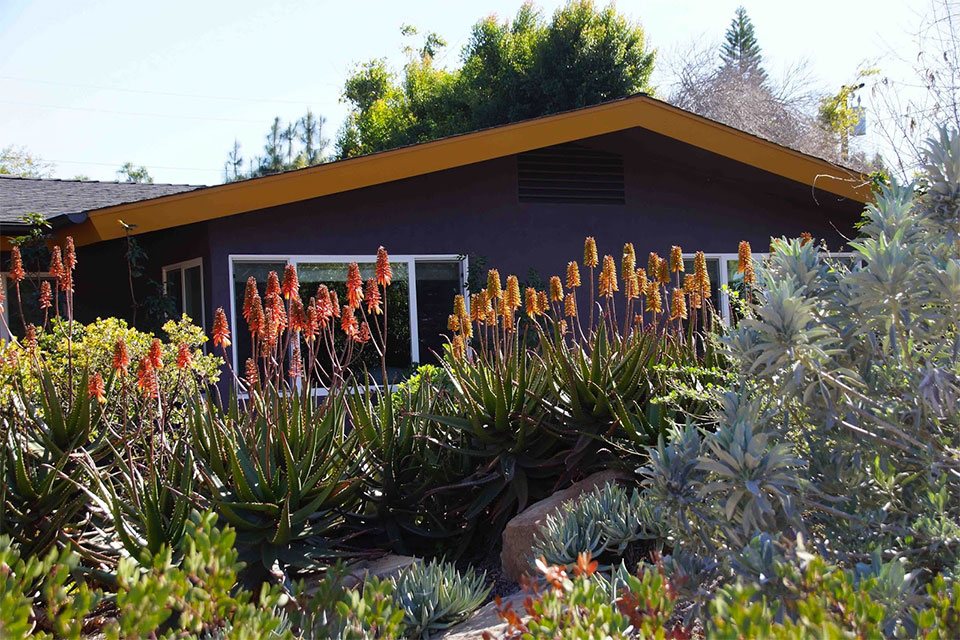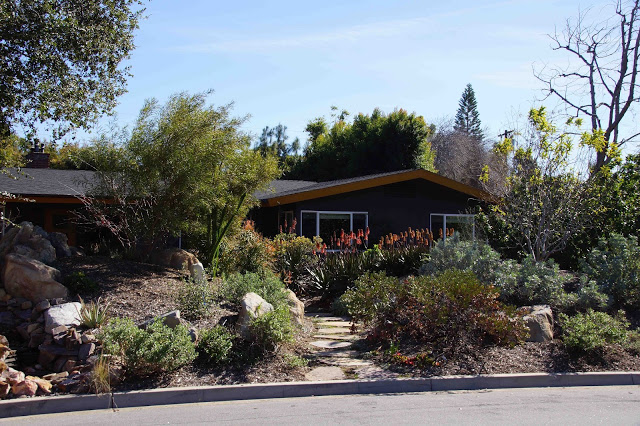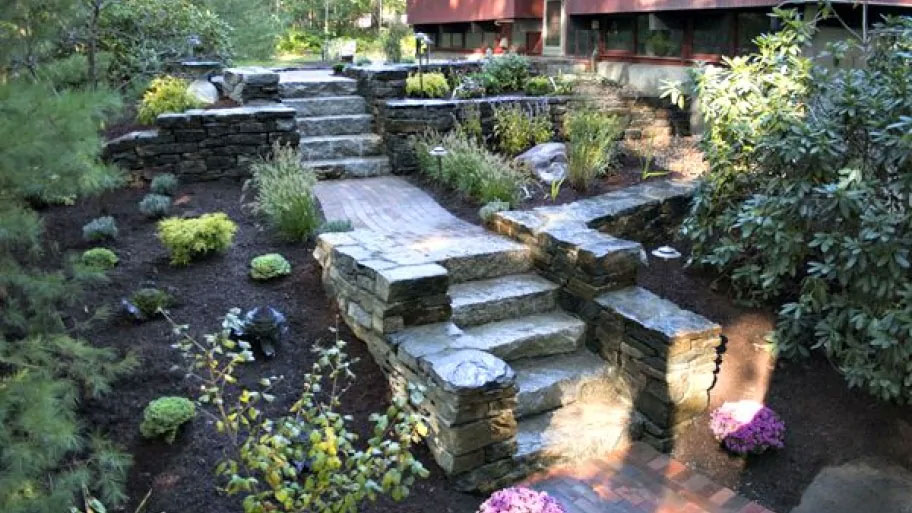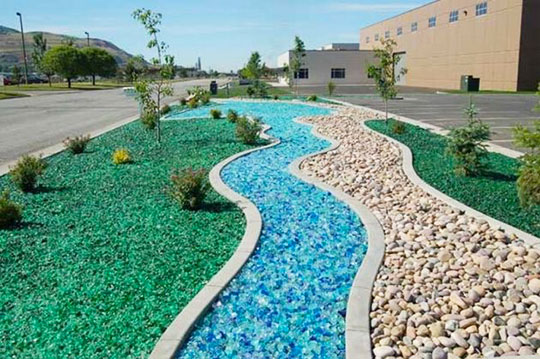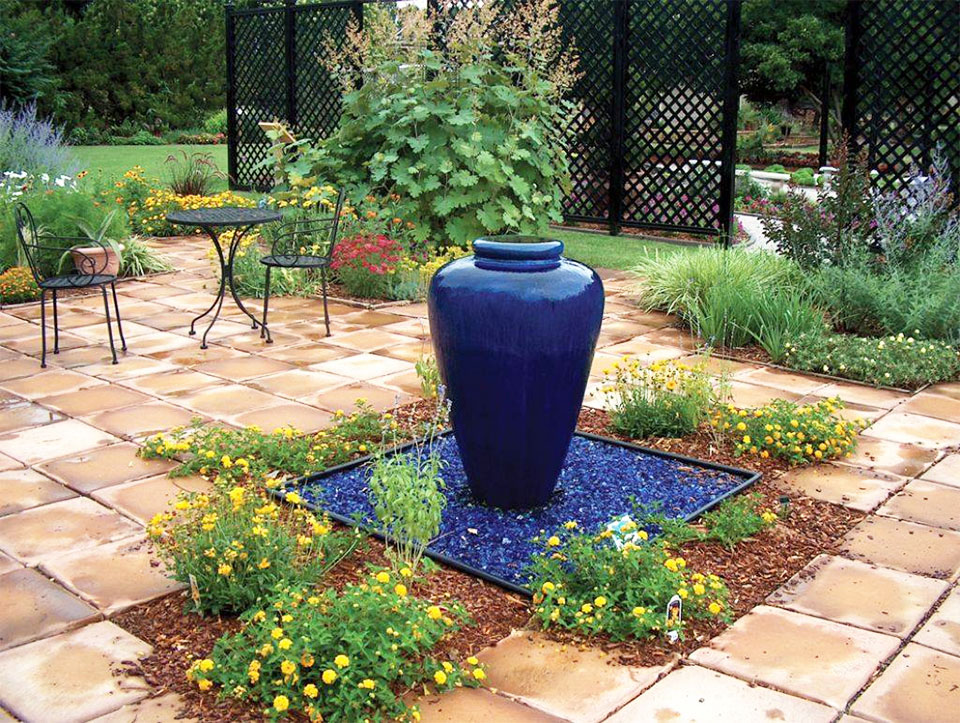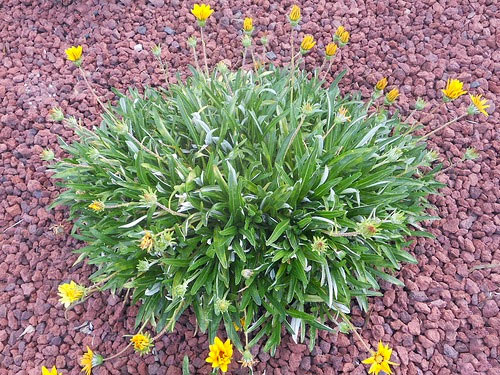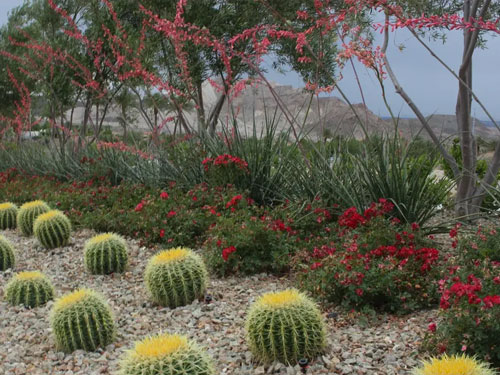Benefits of Mulch
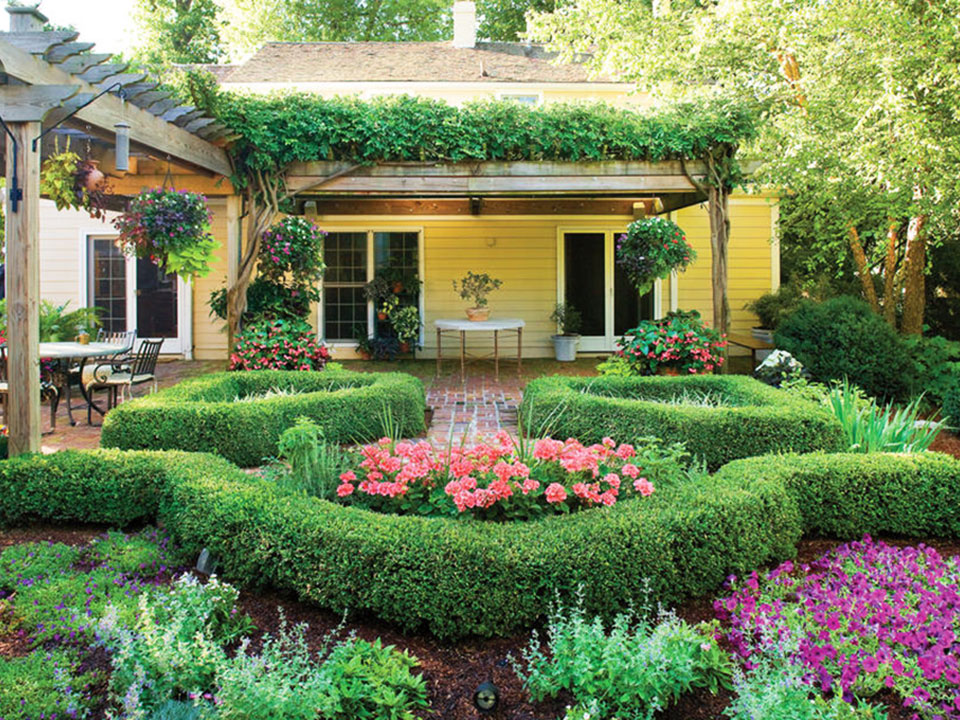
PHOTO: Mulch for Gardens – Jasmine Garden Inn
Mulching is an essential practice for maintaining a healthy garden. In proportion to the innumerable benefits, it is both inexpensive and easy to apply. In a forest or natural landscape, dead material which falls to the ground and decomposes is nature’s way of keeping nutrients available to plants and improving the structure of the soil. In urban style environments, we must supply what nature designed to sustain life.
Benefits to mention:
- A top layer (2-3” thick is best) helps soil retain moisture longer for plant roots and water conservation.
- Through decomposition mulch improves soil structure, the ability of air to enter and remain in the soil. Plant roots need oxygen.
- A mulch layer creates a barrier that keeps the soil surface friable, prevents compaction, loss of air and increases water absorption.
- Keeping the soil surface friable reduces loss of water by run-off and reduces cost.
- A good practice for weed control at 3”. If weeds sprout they are easy to remove when young. Never allow weeds to go to seed.
- A good application for slopes and erosion control.
- A buffer that insulates the soil and helps young plants through severe temperature fluctuations. Soil temperature remains more constant.
- A source of nutrients including essential micro nutrients through decomposition.
- Encourages beneficial fungi to develop in the soil.
- Aesthetic offering
Types of Mulch
Organic
If possible the best kind of mulch is organic which can decompose and provide nutrient and soil structural benefits, aid water absorption preventing water run-off and wastage. Do not apply mulch at the base of tree trunks or too close to most plants. Retained moisture can cause diseases to develop and keep away air flow. Organic mulch does not create heat islands, which radiate heat back into the atmosphere like inorganic materials can do.
Photos: (left to right) Front Garden – Mulch and Berm (first and second images), Pacific Horticulture, Compost
- Composted mulch will decompose quicker to supply nutrients if that is a major goal. There are many blends. Some higher in Nitrogen (the major element needed for that green leaf and plant growth). Mulch, however, is not a major practice in terms of providing adequate fertilization for most plants.
- Wood chips of various sizes. These break down more slowly than composted materials. Some forms can block too much air and water from entering the soil.
- For slopes and erosion control, use more fibrous materials like shredded bark.
Warning: If you are growing edibles and want to be sure there are no toxic heavy metals in the mulch or soil amendments, you need a recent lab test from the manufacturer to know if concentrations exceed the threshold. Elements such as arsenic, lead, chromium, cadmium, mercury, etc. There are blends, unfortunately even organic, which can contain these elements.
If you eat a lot from your garden, it’s best to have your own soil tested. It’s a great learning experience and you will know more about what you are consuming and how to treat your soil.
Inorganic/Hardscape
There are many inorganic materials available, which can provide an aesthetic and help the soil retain moisture longer. Some newer products, such as permeable concrete and pavers, are designed to allow water to filter through and penetrate into the soil, reducing water run-off and storm water overload and contamination into catch basins. They are more green friendly than a slab of concrete or asphalt. Non-porous materials heat up the environment as the heat is radiated back into the atmosphere.
In spring 2012, the City of Elk Grove, a community just south of Sacramento, California, opened a rain garden that is a magnet for wildlife, prevents pollution from running off into local streams, and an important tool to teach others about how use similar earth-friendly techniques in their own yard. Paul Mewton, Chief of Planning, Cosumnes Community Services District, and Greg Gearheart, State Water Resources Control Board, discuss this innovative park and how land use in the Central Valley still impacts our coast and ocean.
Other Options
Compost can be all plant materials, manure, or a combination of both. Considering the plant, soil, environment, ease of application and economics, it offers the most benefits. Compost is often used as a soil amendment, but can be applied as a mulch as well.
Bark is produced in many sizes and from various trees. It provides the same benefits as compost and lasts longer, but nutrient release is much slower depending on the size of the bark selected. It doesn’t stay in place very well with wind and heavy rain. May not be good for acid loving plants, but application of a sulfur compound before applying bark, can counteract the alkalinity produced by a hardwood bark. Keep away from the perimeter of a home, as it attracts termites. One exception is Hemlock.
Shredded Bark is best for slopes and erosion control.
Lava Rock allows water and air to flow to the soil. Unlike some other stone materials it absorbs heat during the day, then keeps plants warm at night. It is extremely lightweight and may not stay in place very well.
Glass Mulch recycled can add a lovely aesthetic. It will hold in soil moisture,
The downside is that it will eventually sink into the soil, so it’s necessary to install a pervious barrier between the soil and the glass.
PHOTOS (left to right): Glass Mulch – The Human Footprint (first two images), Architecture & Fashion Design, Lava Rock Mulch, Rock Mulch
Stone and Decomposed Granite will help the soil retain moisture and can provide an aesthetic. But it cannot compete with the benefits of other products.

